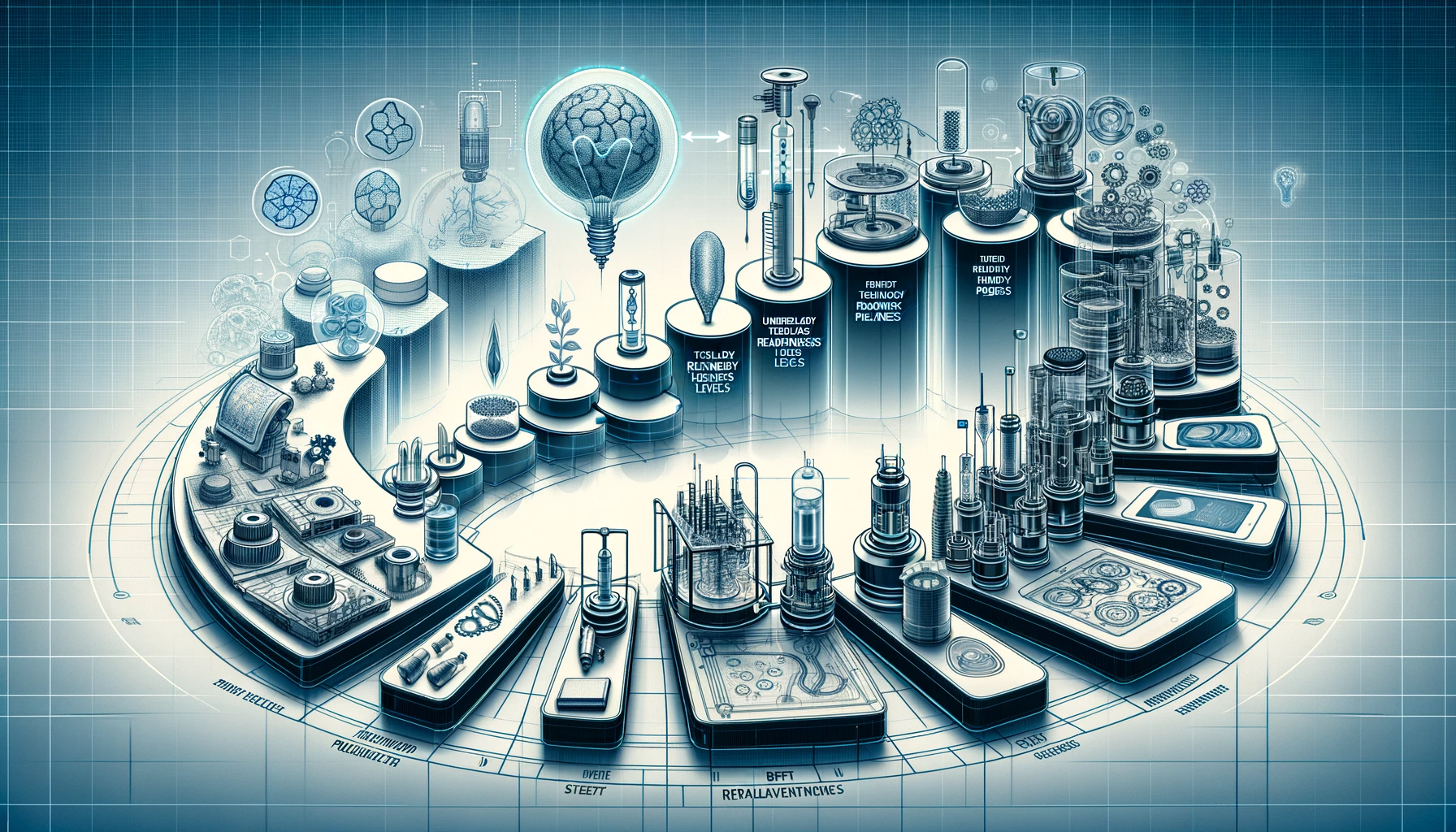AI-Assisted Grant Writing: A Game-Changer for First-Time EIC Accelerator Applicants
Introduction: The Role of AI in Simplifying the EIC Accelerator Application Process For startups and SMEs aiming to secure funding through the European Innovation Council (EIC) Accelerator program, the complexity of the application process can be a significant hurdle. This is especially true for first-time applicants who lack experience in navigating the intricate requirements of the EIC grant application. Enter AI-assisted grant writing, a modern solution that streamlines the process, making it more accessible and manageable for newcomers. The Challenges Faced by First-Time Applicants First-time applicants often face a steep learning curve when preparing their applications for the EIC Accelerator. The process involves detailed proposals, pitch decks, and financial planning, all of which require a deep understanding of the EIC’s criteria and expectations. Without prior experience or guidance, the risk of errors or omissions is high, potentially leading to unsuccessful applications. AI Assistance: Bridging the Experience Gap Streamlining the Writing Process: AI tools can help in structuring and drafting proposals, ensuring that all necessary sections are covered comprehensively. Compliance with EIC Standards: These tools are programmed to align with EIC guidelines, reducing the risk of non-compliance issues that often plague first-time applicants. Insights and Suggestions: AI can provide valuable suggestions on how to enhance the application, from improving the narrative to highlighting the project’s innovation and impact. Efficiency and Time-Saving: AI assistance speeds up the preparation process, a significant advantage given the tight deadlines often associated with grant applications. The Human-AI Synergy in Application Preparation While AI provides a strong foundation, the human element remains crucial. Applicants must input their unique project details and innovation specifics into the AI tool. This synergy ensures that the application not only meets the technical requirements but also authentically represents the company’s vision and goals. Conclusion: AI as a Catalyst for Successful EIC Applications For first-time applicants, AI-assisted grant writing can be a game-changer, reducing the intimidation factor of the EIC application process. It offers a more structured, compliant, and efficient approach, increasing the likelihood of success. While AI tools can significantly aid the process, applicants must remember that their insights and innovative ideas are at the heart of a successful application.











